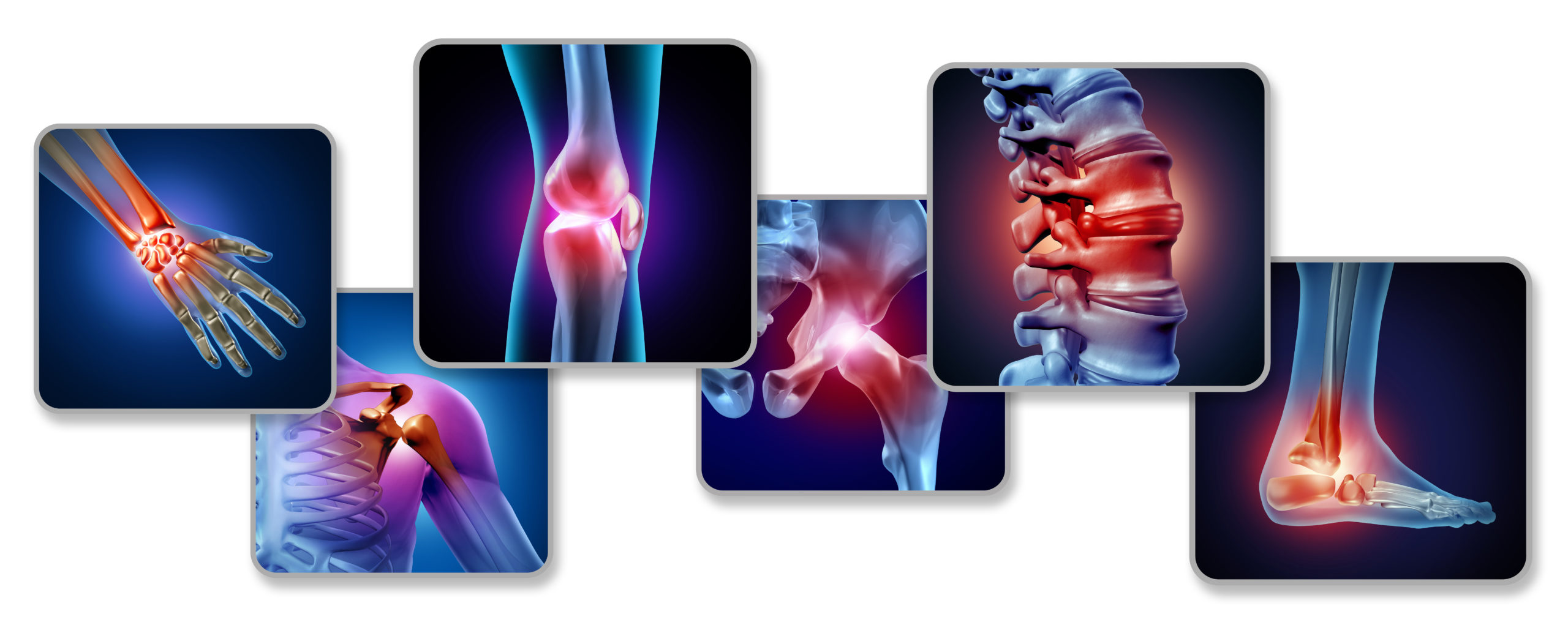
Walk away from back pain
July 29th, 2024This article is ideal for people out there who suffer from bad backs. When your back goes into spasm, an instinct is to stay still for fear it may happen again as soon as you move. However, science says to do otherwise – the experts say it is possible to walk away from back pain.
A new study, the ‘WalkBack’, has confirmed what some doctors and physiotherapists have promoted for years – walking is a powerful remedy for back pain.
The WalkBack study
The study, published in The Lancet produced evidence of the effectiveness of movement for treating and preventing back pain. The ultimate goal of the research is to create walking and educating interventions to prevent the recurrence of lower back pain.
WalkBack is a 2 armed randomised controlled trial where scientists recruited adults 18 or over from across Australia who had recently recovered from an episode of non-specific back pain that was not attributed to a specific diagnosis and which lasted 24 hours. Participants were randomly assigned to an individual progressive walking and education intervention facilitated by 6 sessions with a physiotherapist across 6 months or to a no-treatment group (1:1). The randomisation schedule comprised randomly permuted blocks of 4, 6, and 8 and was stratified by history of more than two previous episodes of low back pain and referred method.
Read the full study here.
Lower back pain can be anything from an ache to an excruciating muscle spasm that leaves you frozen, breathless, feeling sick and scared to move a muscle
Most people experience lower back pain at some point in their life, anything from an ache to an excruciating muscle spasm that leaves you frozen, breathless, feeling sick and scared to move a muscle. Sometimes you’re unable to do anything, calling out for help and spending the next two weeks squatting instead of leaning forward when you need to pick something up. That movement can be a great workout for the thighs but can trigger knee problems to add to your debilitating back-straining state.
It’s a proven fact that walking can reduce back pain by 50%
Limited activity can weaken muscles and cause spine misalignment leading to pain and fatigue. Walking can strengthen muscles, improve posture, stabilise the back and can reduce back pain by 50%.
Walking improves:
- Strength and endurance
- Circulation
- Muscle fibre activation
- Spinal movement
- Joint mobilisation
Here are our top tips for walking away from back pain:
- Seek medical advice
If you have suffered severe back pain from a strain, muscle pull, fracture or developed spinal stenosis it’s important to seek medical advice if you have concerns. Spinal stenosis occurs when the space inside the backbone is too small and this puts pressure on the spinal cord and nerves that travel through the spine
- Ask for guidance
If you have experienced a herniated disc or suffer from sciatica make sure walking is appropriate for you. A herniated disc or slipped disc happens when a cushion of tissue between the bones in the spine bulges outwards pressing on nerves. Sciatica develops when the nerve that runs from the lower back to the feet is irritated or compressed
- Wear appropriate footwear for the terrain you are walking on
Experts including chiro practitioners and physical therapists recommend footwear that has shock-absorbing technology with cushioning and stability. Dr Sapna Sriram, a chiropractor and CEO and cofounder of Integral Health explained “There is definitely a correlation between lower back pain and hip pain and footwear choice.”
- Be aware of your feet and where you are walking
Whilst it is nice to take in the scenery when you go for a walk, it is important to be aware of your surroundings. Look at the surface of the road or path that you are walking on and keep your eye out for potholes, curbs, obstacles, tree roots or rubbish. A sudden jolt from a misstep could cause the back to spasm
- Avoid over-striding
When walking, overstriding can exert undue stress on the lower back. It is important not to do so for injury prevention. We all walk at a different pace, don’t try to keep up with faster walkers by over-striding
- Be aware of your posture
Your walking style will affect your joints and muscles. Straighten the spine, keep the shoulders back and down, try not to stoop, hold your head up and loosen your arms with a low swing
Back pain is costing businesses and healthcare a lot of money
Unison, a British trade union, said back pain is one of the biggest causes of work absences, accounting for more than 12 million days lost every year.
In the UK, the total incremental healthcare costs associated with back pain was £32.9 million in 2020. The NHS said that substantial healthcare costs are attributed to back pain.
Help yourself…
Take action today to reduce the risk of a lifetime of back problems. Grab your appropriate footwear and walk away from back pain. Here’s a guide to the best shoes for walking with back pain according to the experts.
We have a range of products dedicated to symptoms associated with back pain.
We recommend our unique peptide-based cream called JointPro™ The cream is ideal for soothing joint pain and injuries.
Reference
- https://www.thelancet.com/journals/lancet/article/PIIS0140-6736(24)00755-4/fulltext
- https://www.healthline.com/health/back-pain/does-walking-help-back-pain#tips
- https://www.unison.org.uk/get-help/knowledge/health-and-safety/back-pain/#:~:text=for%20UNISON%20reps-,An%20introduction%20to%20back%20pain,million%20days%20lost%20every%20year.







